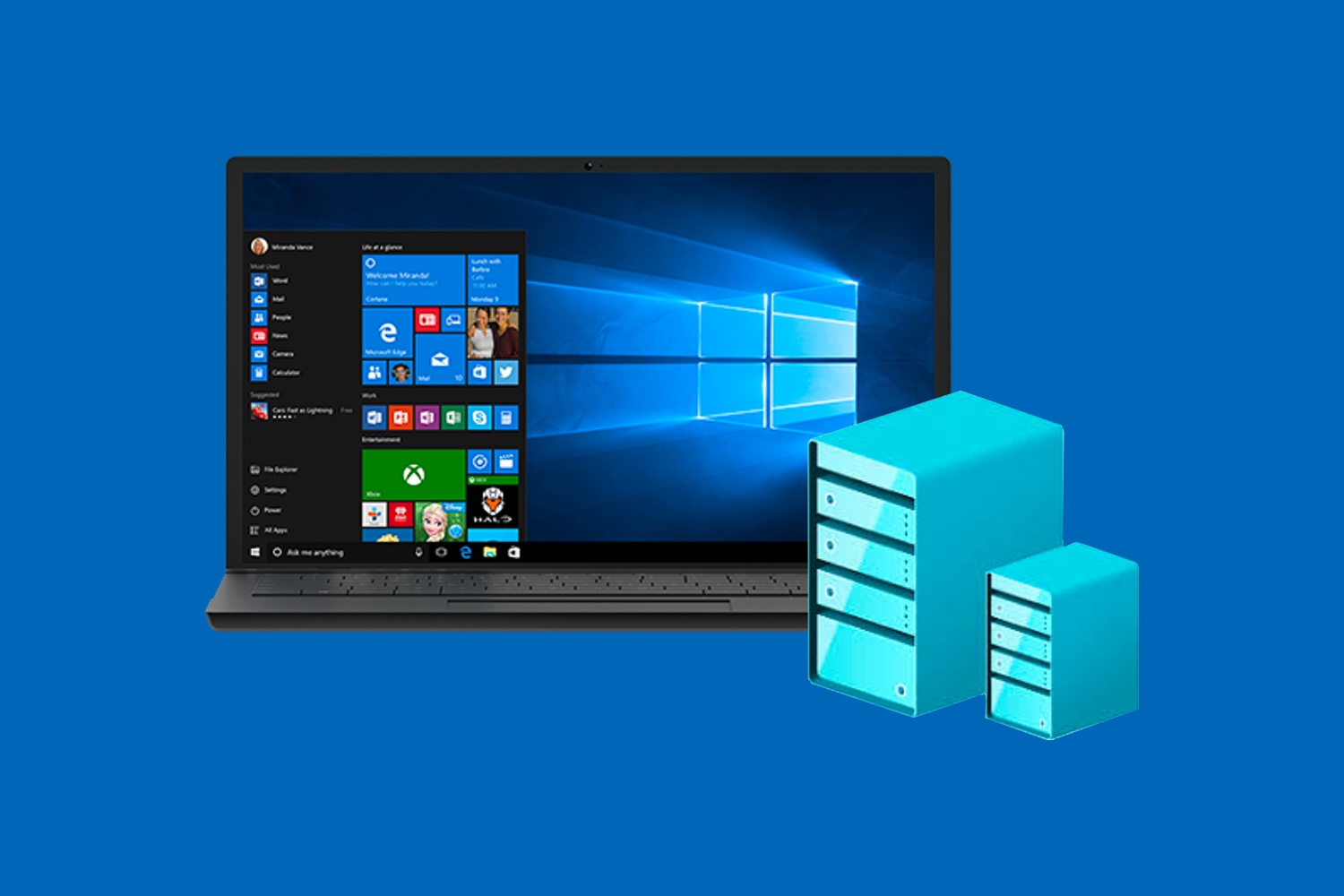Table of Content
Bcdedit is the command line tool to manage Boot Configuration Data or BCD. BCD store is used to describe boot parameters for applications, add boot menu entries, etc. If you use BCD to disable Hyper-V, the Hyper-V feature is disabled but not uninstalled completely from Windows. As you remember, Hyper-V is the first-type hypervisor that boots before Windows boots.

However, this process is slow and requires additional hardware, which makes the system slower. So, it’s a good idea to increase the RAM on your computer to increase its performance. To disable Hyper-V in Windows 10, you will need to boot in the Administrator shell. This is a shell profile that allows you to manage the Boot Configuration Data . The BCD contains information about the boot process and adds entries to the boot menu.
The Most Popular Types of Encryption Explained
Disabling Hyper-V can result in an error code of 0x800F0831, making it impossible to disable. If you’re unsure about enabling or disabling Hyper-V, ask a tech expert before doing so. Hyper-V is a powerful technology that can be used to create a virtual environment for your desktop. There is no need to remove custom features when you uninstall Hyper-V. Deselect the Hyper-V checkbox in the list of roles to uninstall Hyper-V.
It can be used to expose virtual machines to one or more networks. The Hyper-V tool is not used by the average consumer and is mainly useful for experts who know the intricacies of command lines. To run multiple virtual machines, make sure to use the VM’s boot order feature.
How To Enable Hyper-V On Windows 10 (Home & Pro)
To resolve this issue, make sure the Hyper-V virtual network adapters are deleted from your PC. You can delete the virtual network adapter from Device Manager. The Windows Features dialog lets you add additional features that are disabled by default in Windows 11.

But what if you no longer need Hyper-V on your machine? Hyper-V also causes issues if you want to run other second-type hypervisor such as VMware Workstation or VirtualBox on the same Windows machine. This blog post explains how to uninstall Hyper-V in Windows by using the graphical user interface or the command line interface. Microsoft’s virtualization technology, known as Hyper V, is a feature included in the Windows 10 pro edition. You may use either the GUI interface or the command line to disable Hyper V on Windows.
How to Enable Hyper-V on Windows 10 (Pro, Enterprise, Education)
However, Hyper-V Manager allows virtual machines to be run also from remote computes. Remember to back up your virtual machines to protect your data. NAKIVO Backup & Replication is a product that supports backup of VMware VMs and Hyper-V VMs. Download the Free Edition of NAKIVO Backup & Replication from the official website and try the product to protect your virtual machines. Hyper-V is not uninstalled because a virtual network adapter or a virtual switch created by Hyper-V is present in a host Windows system. Remove virtual Hyper-V network adapters, and try to uninstall Hyper-V again.
Hyper-V is Microsoft’s hardware virtualization product. It lets you create and run a software version of a computer, called avirtual machine. Each virtual machine acts like a complete computer, running an operating system and programs. In this post, we will show you the three ways to disable Hyper-V on Windows 11/10. Hyper-V is a replacement for Windows Virtual PC as a hardware virtualization component for computers running Windows 8 or later.
Install Hyper-V in Windows 10 Home
Checkboxes in Hyper-V subfolders should be left deselected. To save changes and begin the Hyper-V uninstallation process, press OK. HitRestart nowto restart your computer to finish the process and uninstall Hyper-V. I hope that when you install the Virtual machines they will work the same as in Windows 10 Enterprise. Otherwise that Bat file will run in an infinite loop.
Learn how to install and enable Hyper-V on your Windows 10 Home and other editions. No, it will not affect your Windows license in any way. How do I uninstall completley without System Restore?
If you operate mostly Windows VMs, Hyper-V is a suitable alternative. When it comes to scalability, there is no clear winner, with some features in favor of VMware and Hyper-V prevailing in others. If you are unsure of which hypervisor to use, compare the three popular virtualization tools to help you determine the best of the lot. Hyper-V is an excellent utility if you want an out-of-the-box virtualization solution. Many third-party hypervisors, including the major players VirtualBox and WMware Workstations, don't work with Hyper-V enabled.

Once done, close Device Manager and restart your PC. Next, uninstall Hyper-V and check for any improvements. You can disable Hyper-V in boot configuration using the BCDEdit tool. Useful if you only want to deactivate Hyper-V and not uninstall it completely.
It also works well for building of development and test environments at a lower cost. Hyper-V is less appropriate for environments running multiple operating systems including linux and Apple OSx. The most practical way to remove Hyper-V is through the Control Panel, and this is how most Windows 10 users prefer to do it.

No comments:
Post a Comment